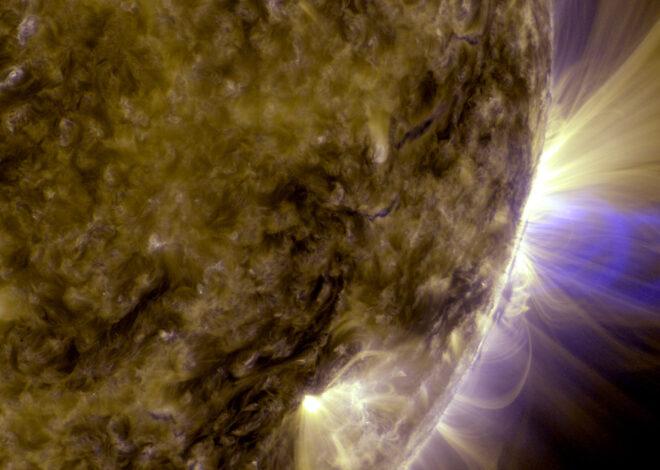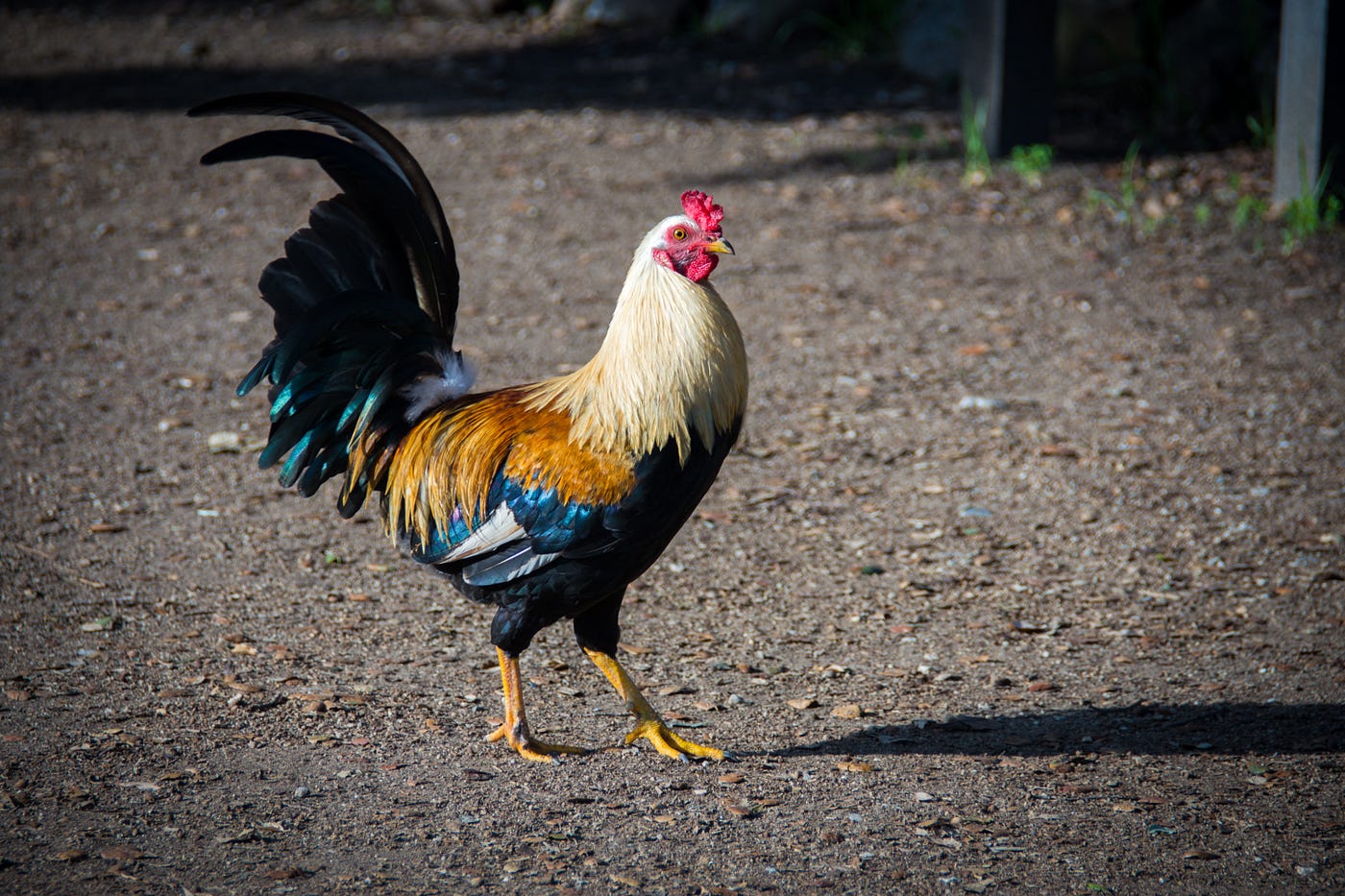
ROOSTERS CAN PERCEIVE THEMSELVES IN REFLECT: HERE’S THE REASON IT IS IMPORTANT
In a surprising leap forward, a group of scientists from the Colleges of Bonn and Bochum, as a team with the MSH Clinical School Hamburg, have divulged undeniable proof proposing that ROOSTERS could have the capacity to perceive their own appearance in a mirror. While this may not seem like a lot to you, it is no joking matter. Here’s the reason.
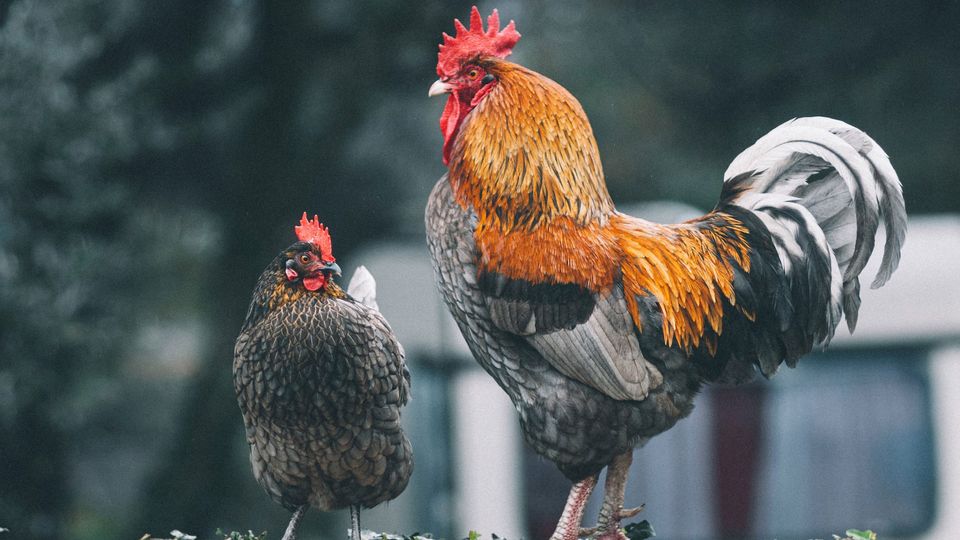
ROOSTERS CAN PERCEIVE THEMSELVES IN REFLECT
What difference does it make?
The disclosure, according to Science Daily, opens up an entirely different road of request that stretches a long ways past these padded animals. It vows to reclassify how we might interpret mindfulness among different creature species.
Not exclusively are these discoveries deductively significant, however they can likewise be a major foundation for the conversations encompassing basic entitlements and welfare.
Discoveries from the review have been highlighted in the diary PLOS ONE.
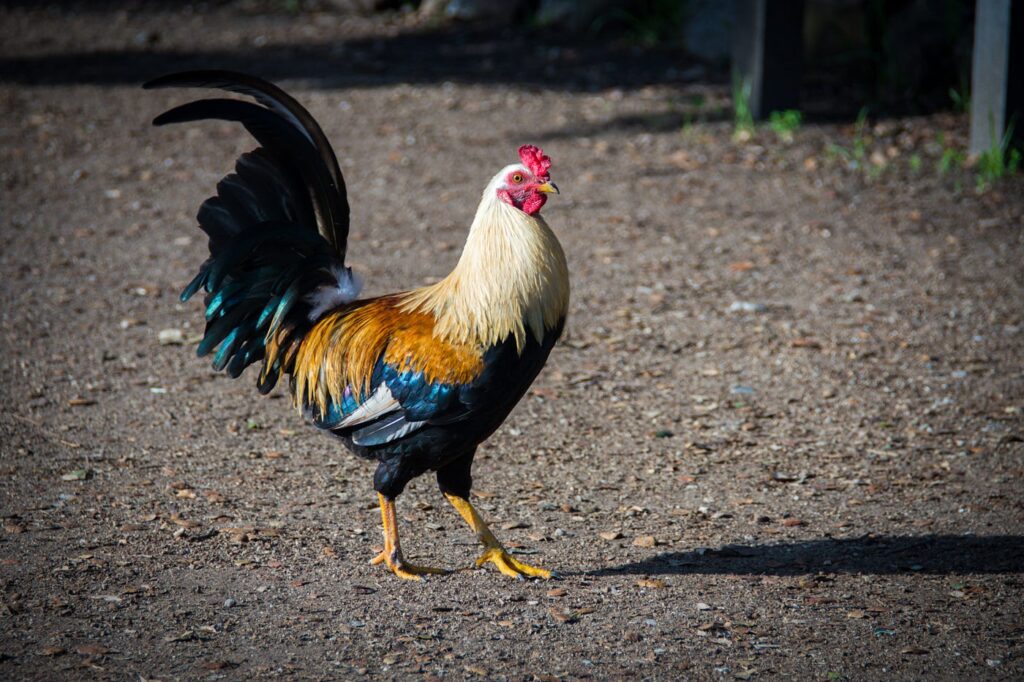
Adjusting the examination
To stay away from this, the group chose to tweak the mirror trial to reflect environmentally applicable ways of behaving.
The litmus test for self-acknowledgment is the broadly perceived “Mark Test,” which includes applying a particular variety imprint to a creature’s head that must be found before a mirror. If a creature begins to investigate the body region that has the imprint, it is viewed as a triumph.
While this technique has frequently been the go-to approach, it’s not generally a solid proportion of mindfulness. A few animals, regardless of their mindfulness, will generally avoid the mirror, conceivably because of the distress of the unnatural setting.
“Our objective was to direct the mirror test in a climate that is better adjusted to the biologically significant way of behaving of the ROOSTERS,” said Dr Inga Tiemann.
Prof Onur Güntürkün, from the Division of Biopsychology at the Ruhr University in Bochum proposed consolidating the ROOSTERS’ natural alert calls, frequently used to caution individual ROOSTERS of approaching hunters like flying predators or cunning foxes. Nonetheless, when alone, they keep quiet.
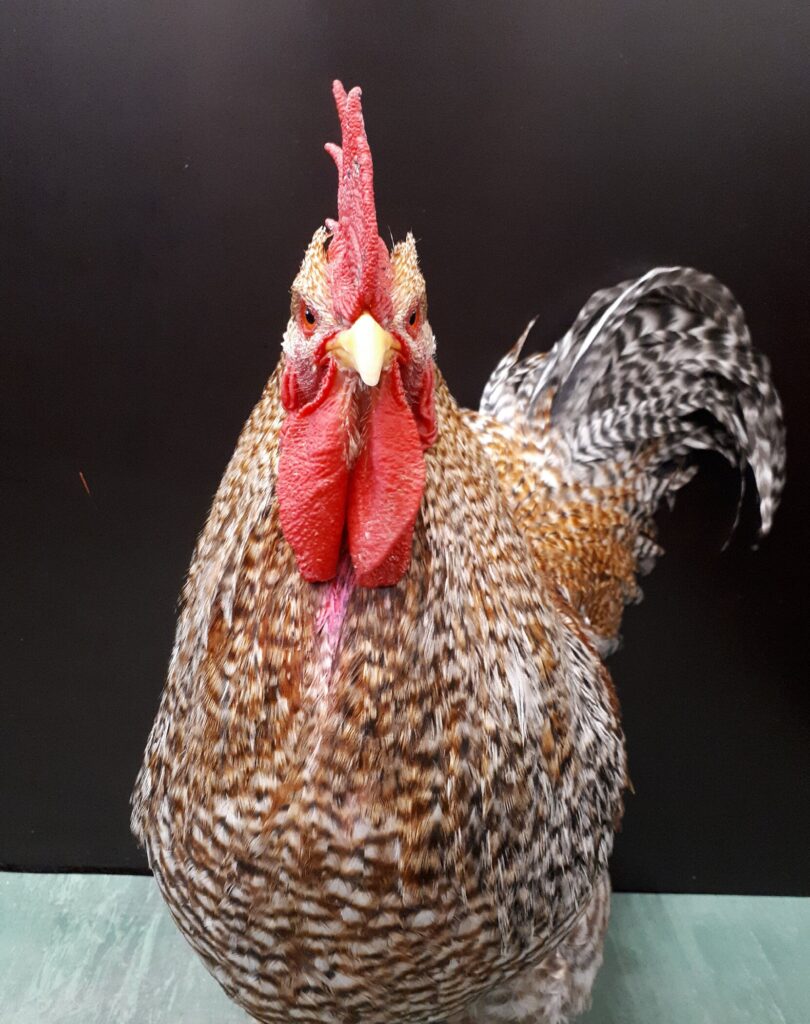
Research discoveries
58 ROOSTERS were utilized for the tests, with each bird exposed to the preliminaries — including a similar picture of a fearsome flying predator — multiple times for measurable approval.
The aggregate discoveries were out and out bewildering. There were 77 caution brings within the sight of an individual ROOSTERS. As a glaring difference, when left to stand up to the virtual hunter alone, just 17 single calls were transmitted. This, according to researchers, features ROOSTERS momentous versatility and responsiveness to their nearby climate.
Following this, researchers utilized an intelligent mirror, anxious to observe how the ROOSTERS would respond to their own appearance even with the mimicked danger. The outcomes? Just 25 caution calls were enlisted. This wonderful finding proposes that the ROOSTERS, when confronted with their perfect representations and the approaching flying predator, didn’t confuse their appearance with another ROOSTERS, alluding to the chance of self-acknowledgment.
